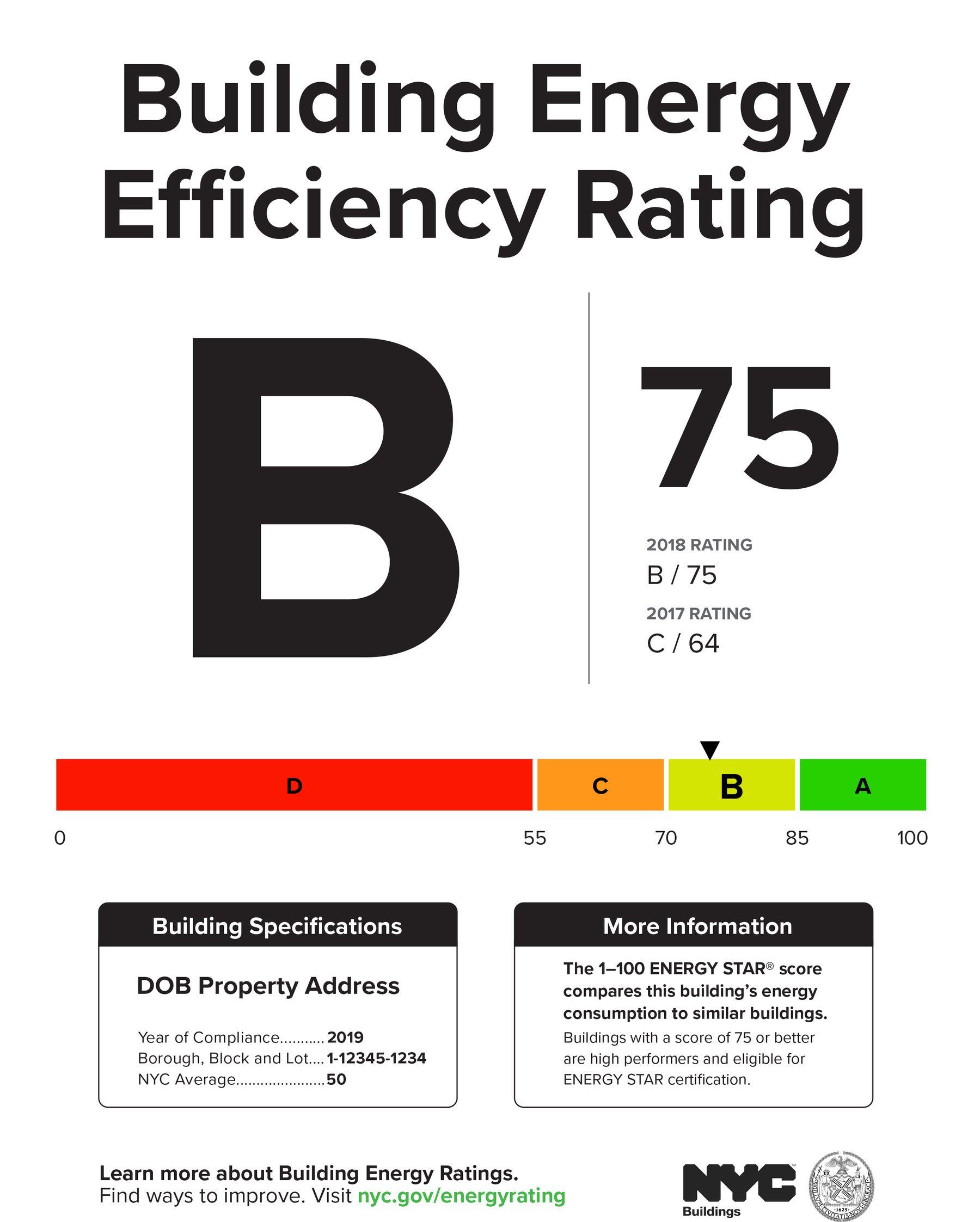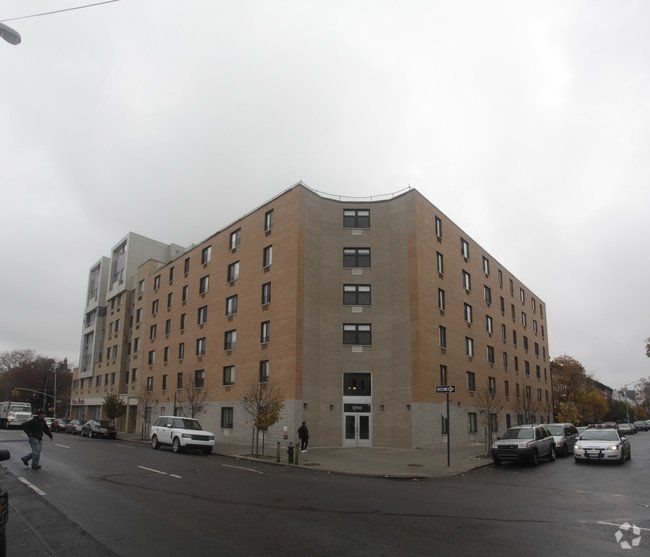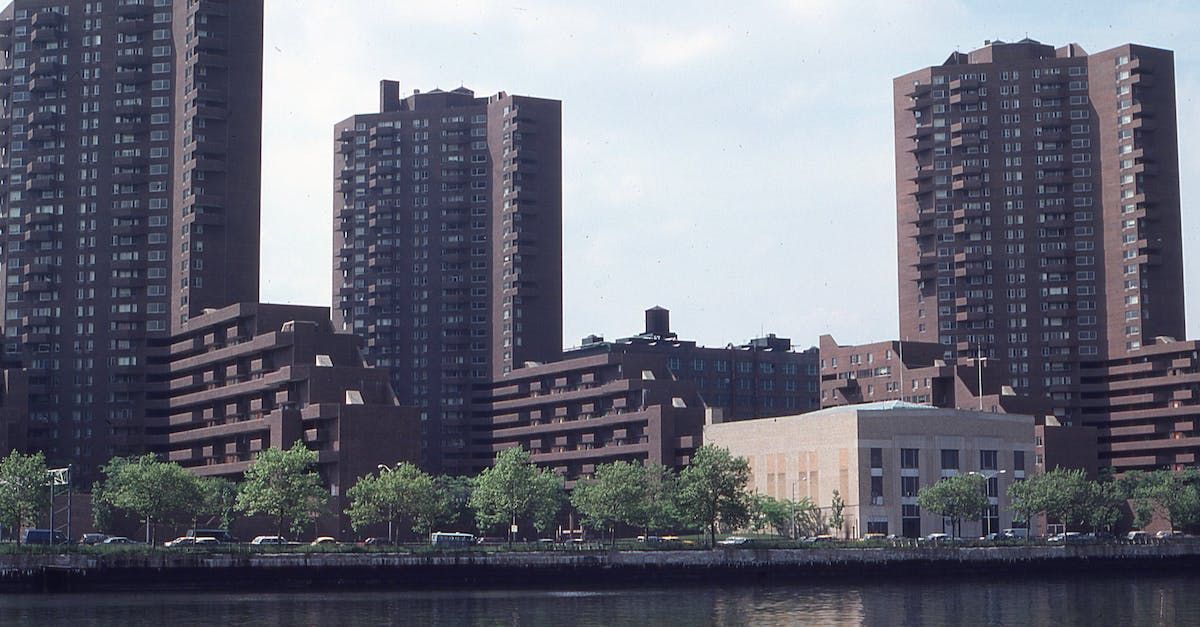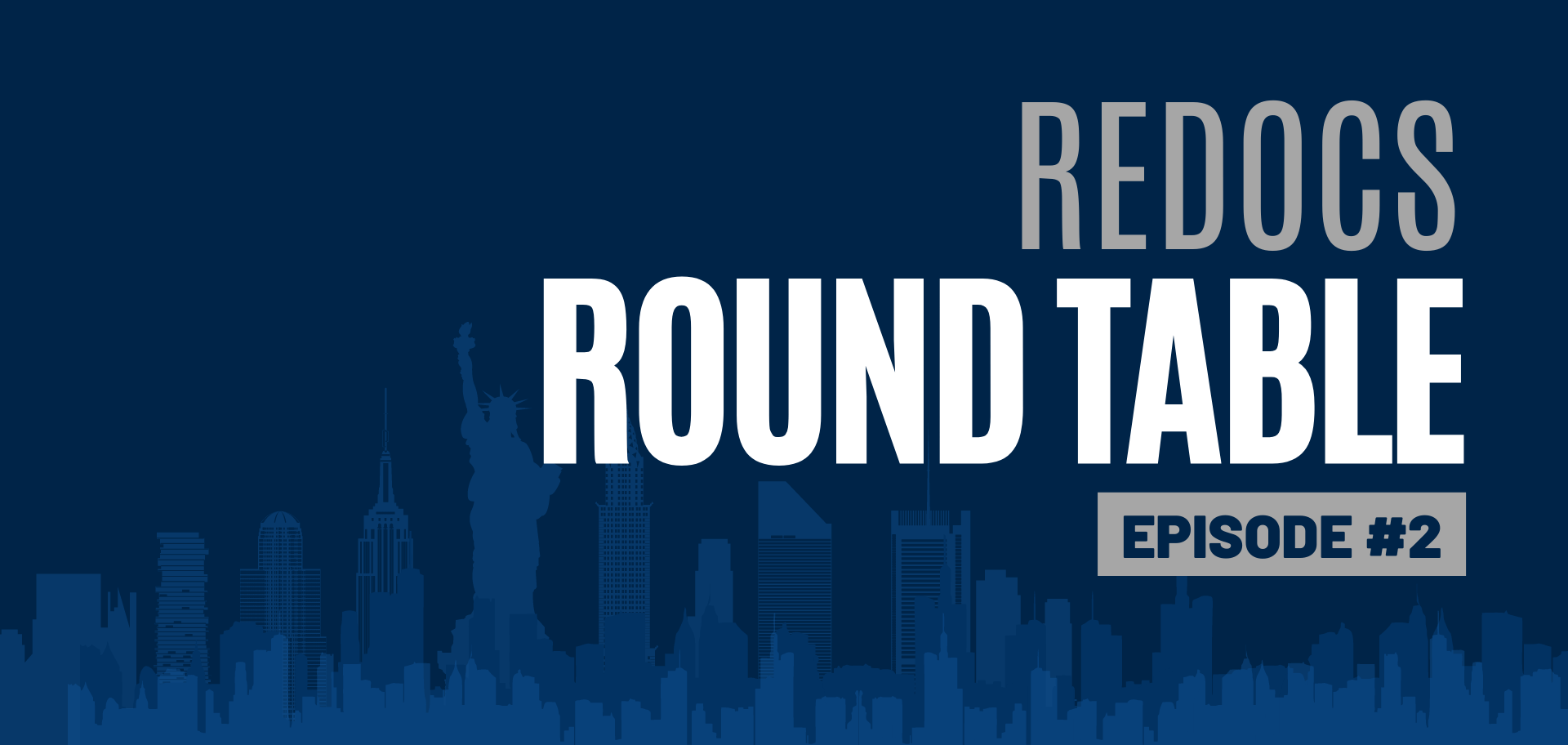NYC Buildings will be Graded on Energy Usage
Mark Balsam • May 26, 2020
NYC Buildings will be Graded on Energy Usage

You've seen letter grades in restaurant windows and soon you'll see them posted in your building's windows.
Starting in 2020, under Local Law 33 of 2018, NYC buildings over 25,000 square feet will need to post an energy efficiency letter grade, A-F, in a "conspicuous" location.
A building's grade will be based upon the information reported in its annual Local Law 84/133 benchmarking report to the City. The website through which the benchmarking information is reported, EPA's Portfolio Manager, will calculate an EnergyStar score 1-100 based on the energy usage and building data reported. The higher the EnergyStar score, the higher the letter grade. And vice versa.
In speaking with a lot of my clients, there's a mix of different feelings about these letter grades. Some people care. Some don't. Some think the grade will make a building more or less attractive to potential tenants or buyers. Some think it doesn't make a difference.
What is clear is that the LL84/133 energy benchmarking data which many buildings have been submitting for nearly a decade is no longer going into a black hole. It is being used to make a judgement on your building, one which could potentially have an effect on its value.
No matter how you do your annual benchmarking filings(with us, with another company, or by yourself), it is worth taking the time to understand how your buildings annual benchmarking reporting informs your EnergyStar score which in turn informs your letter grade. Whoever does your benchmarking should understand and be able to articulate to you how the algorithm works, how your grade is determined, and what you can do about it.
Please don't hesitate to call me at 212-650-1591 x 112 to discuss further. We handle NYC energy and environmental compliance for nearly 3000 buildings.

16 Oct, 2023
What does this mean? Per LL33, buildings that receive an “N” grade will not receive a label, and DO NOT need to post by the end of October. Are there any resulting ramifications/penalties for an “N” Grade? No. Your building may have received an N grade for any of the following reasons: Number of Residential Living Unites under 20 Building has secondary retail space less than 5,000 sqft Building has secondary retail space comprised by more than one individual store Building has secondary office space less than 1,000 sqft Building is “Mixed use” – building features multiple property use-types, none of which represent 50% of gross floor area or more. Building is characterized by a primary use type that is not eligible to receive an Energy Star 1-100 score (Ex. Manufacturing/Industrial Plant, Parking garage)

By Mark Balsam
•
16 Jun, 2023
At first glance, NYC’s Local Law 97 emissions law seems to offer rent stabilized properties an olive branch. Unlike their counterparts, rent-regulated buildings (defined as buildings with >35% rent regulated units) are provided with two “alternative compliance pathways” in which they can file a “one and done report” and be free of LL97’s requirements and emissions limits in perpetuity. Here's why the alternative pathways are great on paper but not so great in reality: One pathway is to demonstrate by May 1, 2025 that the property is already under the 2030 emissions limits, an unlikely scenario given that 80% of all NYC buildings already exceed that threshold. The second is to implement (again by May 1, 2025) a list of thirteen prescriptive measures , a seemingly benign checklist that, upon closer inspection, reveals itself to be quite onerous and expensive. While the prescriptive measures are “low hanging fruit” and beneficial, the price tag is likely to give pause to rent regulated property owners already reeling from the 2019 HSTPA, rising interest rates, and tougher credit conditions. Replacing steam traps or installing TRVs or “smart radiator covers” are definitely advisable, but multiply them by all the radiators in a building and add some master venting on the steam risers and mains, pipe insulation on all water lines, etc and we find that that the low hanging fruit may not be so reachable after all. And herein lies the problem... The alternative pathways dangle the relief of a one-time report, but the trade-off is having to meet the stringent 2030 emission standards five years ahead of other buildings OR having to implement a potentially six figure list of prescriptive measures RIGHT NOW. Rent stabilized buildings may want to play for TIME right now which is something the alternative pathways lack. More time would allow... for buildings to wait until 2027 when it is expected that they will be able to purchase “Renewable Energy Credits” to offset some of their emissions. for buildings to wait for rules on purchasing “Carbon Offsets” and “Off-Site Solar” which could further offset emissions. for buildings to wait for rules on obtaining extensions. for buildings to wait for a potential change in the political winds. Currently there is legislation to extend the compliance deadlines for seven years. for newer and better financing options for upgrades than what exist today. for more rules on the process of which there are precious few right now. Do buildings really need to do the prescriptive measure in every unit? How does DOB propose getting access to units? So what's the best move for Rent Stabilized properties here? If you haven't read my initial opinion on Local Law 97, you can read it here . We’re offering an affordable program built specifically for rent-stabilized buildings. Call us at 212.650.1591 or email us at Sales@Redocs.com .
© 2024 ReDocs, Inc. | All Rights Reserved | Privacy Policy



